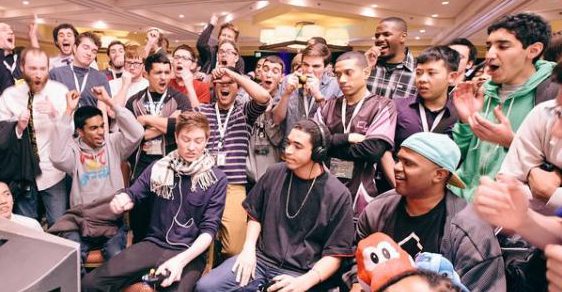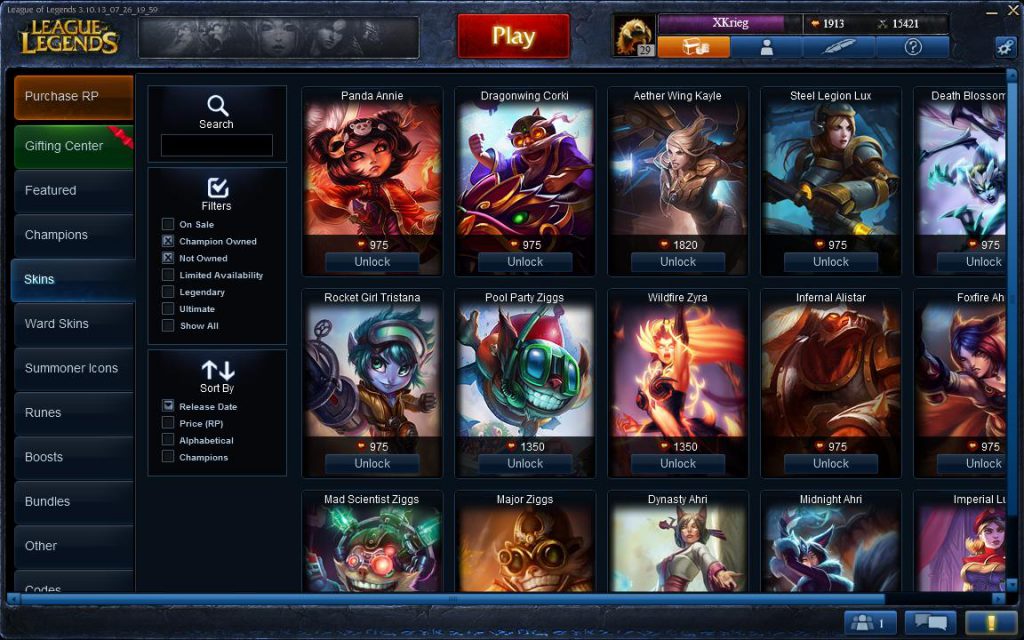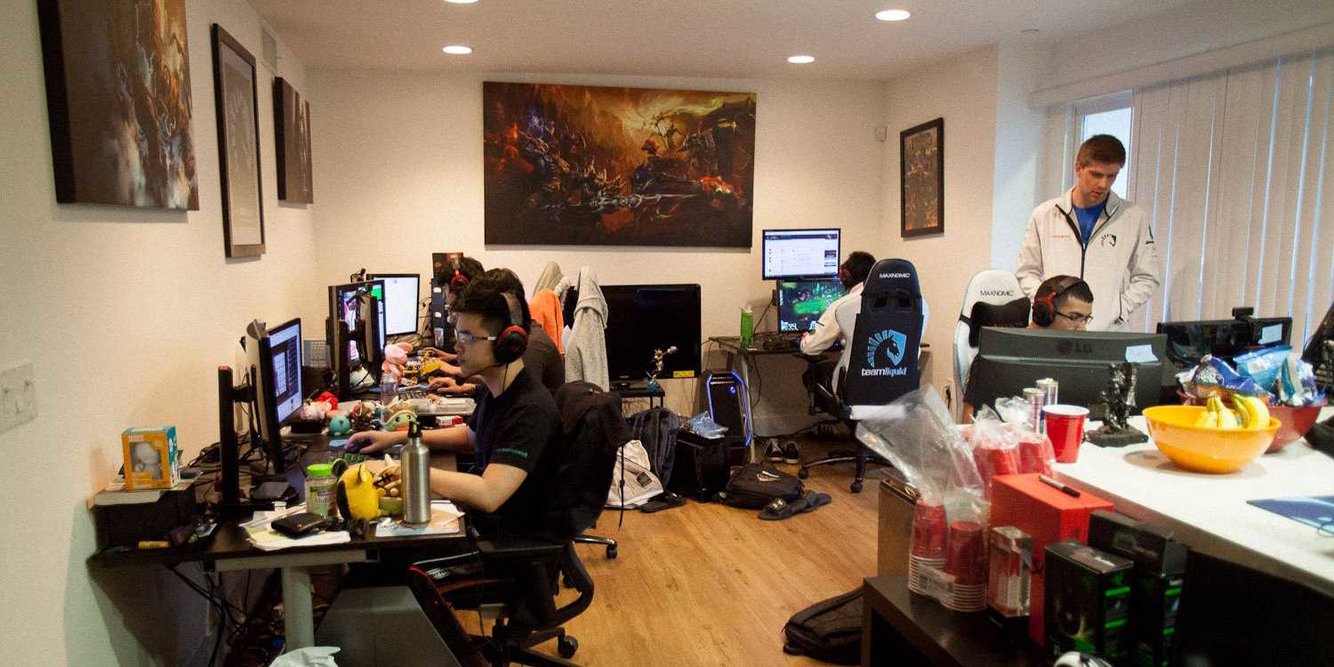How does the growth of the FGC compare with other esports and how has it improved?
Esports has come a long way in the past few years. We’ve seen a boom in sponsorship and revenue towards games such as Dota 2 and League of Legends; which makes for huge improvements on production quality, player care and overall happiness of the community.
However, when it comes to the FGC, there is a different approach. Fighting games differ massively from MOBA’s and other games such as Counter-Strike or Call of Duty, where you require a team and a practice regiment to go with it.
The FGC sees themselves as very grassroots and likes to keep the community vibe on a more humble level. With this, they maintain control over how they would like their community to be run. However, they miss out on a more considerable prize pool potential, sponsorship opportunities and production that would no doubt boost fighting games into the mainstream gaming audience.
Regardless, this hasn’t stopped the FGC and overall, these communities maintain their raw passion for the game, putting out their blood, sweat and tears to run events, with little to no profit.

SEE ALSO: GOML 2019 shaping up to be Canada’s premier FGC event
This said, fighting game competitors are starting to see a small improvement to the prize pool, as more sponsors take notice of this dedication to the game. The concept of the FGC is still a new one to sponsors looking to invest their time and money into these communities. Though, esports giants like Team Liquid, TSM, Cloud 9, CLG and Echo Fox have already dipped their toes into smaller FGC games; which leads the way to more exposure.
Kashan Khan, a Commentator, Content Creator and Player for Team Liquid said: “It was a lot different. Five years ago was when it started getting better. Sponsorships started helping, so the venues got better too.
“Smash in particular started with very humble beginnings. Prize pools, venue quality and entrants shot up.”
One of the issues for the FGC is the game revenue. For example, Super Smash Bros. Melee is still going strong, but it’s not a game that you can purchase skins, characters or general DLC for. Nintendo in the past year or so has noticed that game is still a thriving community and has helped out in places.
However, with newer Smash games such as Smash Bros. Ultimate, are patchable that has the potential to make significant revenue with in-game purchases such as the ‘Fighter’s Pass’.

Sadly, this isn’t even close to the massive revenue titles such as League of Legends makes. In League, you can buy multiple characters followed by multiple skins for your characters and wards. There’s even a gifting system where you can gift your friends with skins or characters. The revenue from this is enormous, and Riot Games can then invest that money into events such as the LCS. According to SuperData, League’s revenue for 2018 was $1.4 Billion, and the prize pool for the Worlds 2018 was $2.25 million(£1,950,740). Super Smash Bros. Ultimate sold a whopping 12 million copies by January 2019, yet the prize-pool for the Smash Ultimate Summit was just $51,917 (£40,084).
Though some fighting games make some revenue on in-game purchases, it’s not at the same level.
Sujoy Roy, Director of Esports at Luckbox said: “There were always people playing, but now people are watching. For instance, that’s where gambling comes into it, monetising this brings more viewers.”
This means the FGC has to look elsewhere. Content creation from players, events streamed on Twitch, player sponsorship and gaming company sponsorship; Capcom regularly supports the Street Fighter community and holds events like Capcom Cup. There are other outlets such as gambling and betting on players too. With exposure from content creation especially, there’s been a rise in pay for the players, even if it’s not necessarily from the tournament prize pool.
“There were always people playing, but now people are watching.”
Twitch and Youtube are such helpful platforms for these high-level players who can provide knowledge, entertainment and also an insight on tournament life. The FGC remains supportive, so streams and videos tend to be popular; giving the FGC and it’s players more exposure.
“Players have finally started making enough money, that’s when players realised it was worth it,” said Esports Agent for Evolved Talent Agency, Barry Lee.
So how can we help push the FGC communities so that the players can further benefit from the efforts that they put into their game? It’s already started being put in place for team games, and I believe it’s better cared for players. For instance, the typical stereotype gamer stays up all night playing video games and chugging energy drinks.
SEE ALSO: Optimising esports performance – Healthy body, healthy mind
Naturally, this stereotype doesn’t line up with peak performance in tournaments. Almost no player would benefit from no sleep or an unhealthy diet. Forcing a healthier lifestyle on players isn’t a feasible option but giving players who are not part of a team the resources is a good start. Esports teams have houses in which a nutritionist, dietitian, fitness coach and so on. This means the team are much more likely to succeed.

However, players from the FGC who don’t live in their team houses lack the same support. Admittedly, it might be expensive to hire a team of people for just a single player but having someone send nutritional, fitness and sleep information to their FGC players might help.
Greg Laird, founder and CEO of Chaos Esports Club believes it’s a positive thing to see more focus on fitness in esports: “It’s great to see we have more access to new resources; a lot of teams have dieticians or nutritionists, fitness coaches and so on.”
An improvement in health and wellbeing can pay dividends to a player’s performance at a big tournament. This leads to slicker gameplay which creates a snowball effect. Fantastic gameplay makes for better online content and highlights, which then breeds more exposure to new sponsors.
Sponsors are looking for someone to represent their brand, and at a guess, they may be more likely to invest in a more stricter high level ‘athlete’ than the old sleepless stereotype gamer.
